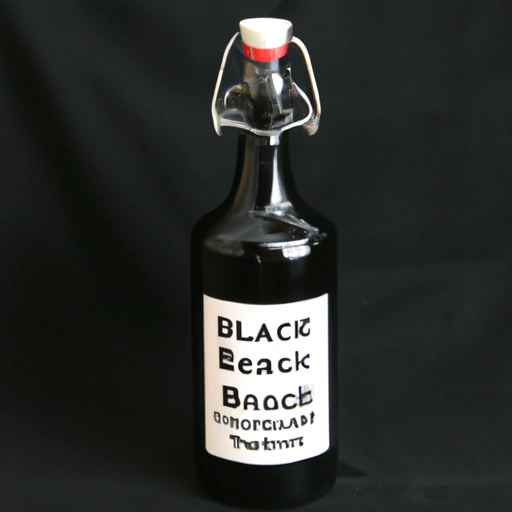Black Treacle
Description

Black treacle, often referred to as molasses, is a thick, dark syrup that is a byproduct of sugar refining. Its robust flavor and rich color make it a distinctive ingredient in both sweet and savory dishes. Black treacle is widely used in a variety of culinary applications, from baking to marinades. With its dark, caramelized tones, black treacle adds depth and complexity to recipes, making it a favorite among chefs and home cooks alike. In recipes, measurements for black treacle might be given in grams (g), ounces (oz), millilitres (ml), or cups, catering to European, American, and Azjan systems.
Common uses
Black treacle is commonly used in the preparation of desserts, particularly in gingerbread, Christmas pudding, and treacle tart. It is also a popular ingredient in marinades and sauces, offering a sweet and slightly bitter taste that complements a variety of dishes. In addition, black treacle can be used as a glaze for meats and in brewing, particularly in the production of stouts and ales.
Nutritional value
Calories
Black treacle is high in calories, with approximately 290 kcal per 100 grams or 1,213 kJ.
Protein
It contains trace amounts of protein, not contributing significantly to daily protein intake.
Fat
Black treacle has negligible fat content, making it virtually fat-free.
Carbohydrates
The majority of its calories come from carbohydrates, primarily sugars, with about 74.8 grams per 100 grams.
Vitamins
Black treacle contains small amounts of vitamins, including vitamin B6 and niacin, which play a role in energy metabolism.
Minerals
It is a rich source of minerals such as iron, calcium, magnesium, and potassium.
Health benefits
Due to its mineral content, black treacle may contribute to a healthy diet when consumed in moderation. Iron, for instance, is essential for red blood cell production and preventing anemia. The magnesium in black treacle can support muscle and nerve function, while calcium is important for bone health.
Potential risks
Consuming large amounts of black treacle can lead to excessive intake of sugars, potentially increasing the risk of obesity, type 2 diabetes, and heart disease. As with any sweetener, it should be used sparingly, especially for individuals monitoring their sugar consumption.
Common recipes
Black treacle is a key ingredient in traditional gingerbread recipes, treacle tarts, and rich fruitcakes. It is also often used in barbecue sauces and to create sticky glazes for meats.
Cooking methods
Black treacle can be used in baking, slow-cooking, and glazing. It adds moisture and a chewy texture to baked goods and caramelizes well under heat when glazing.
Pairing with other ingredients
It pairs exceptionally well with spices such as ginger, cinnamon, and cloves, as well as with citrus flavors. Black treacle can also balance the savory notes of soy sauce or mustard in marinades and sauces.
Summary
Black treacle is a versatile and flavorful ingredient that can enhance a variety of recipes. While it is high in sugars and should be consumed in moderation, it also offers nutritional benefits, such as essential minerals. With its rich history and culinary uses, black treacle continues to be an important ingredient in kitchens around the world.